Community of Scholars
The Saint Louis University CREST Center proudly offers a Community of Scholars Program. Below is a list of current SLU CREST Community of Scholars members associated with the 2023-2025 Project, "The Spatial Turn: Mapping the Terrain of Geospatial Science and Humanities."
2024-2025 Cohort

Dannielle Davis, Ph.D.
Project Title "Qualitative Inquiry, Research Ethics, and Community Engagement: Innovative Uses of GIS"
Professor of Higher Education Dannielle Davis' work explores how geospatial information science (GIS) can improve qualitative methods in innovative ways, as well as ethical considerations that community-engaged researchers should address when collaborating with traditionally marginalized populations. It particularly explores the following questions: In what ways can geospatial technology promote participant engagement in research? And what ethical considerations might emerge when applying geospatial information science (GIS) to understand marginalized communities? Addressing these questions promises to increase qualitative scholars' capacity to authentically engage and ethically work with community members locally and globally.
Davis' interdisciplinary research examines community engagement in STEM education, research ethics, home education, and the experiences of marginalized groups. She is a twice-elected chair of the American Educational Research Association's (AERA's) Spirituality and Education Special Interest Group (SIG) and has served on the Leadership Team for AERA's Qualitative Research SIG. A "Society for Science and the Public" Advocate Awardee, Davis is also an associate investigator with SLU's Water Access, Technology, Environment, and Resources (WATER) Institute.
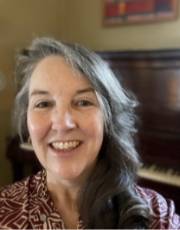
Monica Eppinger, Ph.D.
Monica Eppinger is a legal scholar and anthropologist specializing in Ukraine, her focus since 1995 (initially as a member of the U.S. diplomatic corps). Her CREST project brings together the legal subdisciplines of property and national security, both areas in which territoriality is fundamental, and anthropological exploration of spatiality. Through a conceptualization of "territoriality," the project studies the experience of post-Soviet Ukrainians as they erased preexisting lines — national borders and property boundaries — through the legal dissolution of the U.S.S.R. and its socialist property regime; took up basic reorganization of space and society; and now face a war that has again foregrounded territory and brought the stakes of spatiality into sharp relief.
Eppinger holds a B.A. from Yale College, an M.A. in diplomacy from the Fletcher School, a Ph.D. in anthropology from the University of California, Berkeley, and a J.D. from Yale Law School. In 2023-2024, she was a visiting scholar at the Center for the Study of Law and Society at U.C. Berkeley. She is tenured as an associate professor at Saint Louis University School of Law.
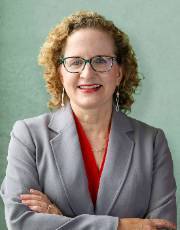
Cathleen Fleck, Ph.D.
Project Title "Jerusalem in Saint Louis?: Mapping Holy Monuments and Colonial Myths at the St. Louis World's Fair in 1904"
In 1904, the Saint Louis Louisiana Purchase Exposition — or World's Fair — celebrated American imperial westward expansion alongside displays about art, science and progress in society. Its insertion of a miniature Jerusalem section might seem at first incongruous, given the city's antiquity. The exhibit incorporated hundreds of "native" inhabitants and copies of 10 acres of streets and buildings, including a Dome of the Rock. The original dome was built ca. 692 by a Muslim sultan on the site of the former Jewish Temple (destroyed 70 C.E. by Romans) as a sign of the conquest over Byzantine Christians. My CREST project aims to map digitally the exhibit's Jerusalem onto the actual city's sites and demonstrate the exposition's formation of a Eurocentric, Christian framing of the holy city. This Protestant religio-political, colonial control relates also to the Americanization of burgeoning Zionism, inspired by the Fair's display of national entities.
Cathleen Fleck received her Ph.D. in art history from the Johns Hopkins University. She has been a faculty member of the Department of Visual and Performing Arts since 2010, and chair since 2019. Her teaching and research focus on the art of the Middle Ages across the Mediterranean. Her recent book, entitled "Reimagining Jerusalem's Architectural Identities in the Later Middle Ages" (Brill, 2022), examines how Christians and Muslims from the 12th-14th centuries understood the representation of Jerusalem's monuments as instruments of power, persuasion, consolation and spirituality. This new book project takes her knowledge of Jerusalem and connects it to the modern perception and politics of the city.
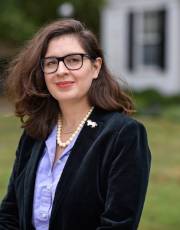
Ani Honarchian, Ph.D.
Project Title "Mapping Stories: Exploring Religious Diversity in the Medieval Middle East"
This interactive database is based on the accounts of travelers who visited the region between the 11th and 14th centuries. The project aims to showcase the rich diversity of religions in the region while providing insights into the complex relationship between religious communities and the broader Islamicate world. By combining narratives and geographical data, this database offers a unique perspective on the multicultural, multireligious everyday life of the medieval Middle East. It serves as a crossover between the disciplines of religion and geography, as well as Silk Road studies, shedding light on the intersections of culture, religion, and geography in this dynamic region.
The primary goal of this project is to deepen our understanding of how religious communities interacted with and belonged to the Islamicate world. Through mapping and storytelling, users can explore the various degrees to which religious communities were integrated into the social, political, and legal fabric of the region, as well as how they distinguished themselves within this complex environment.
Ani Honarchian is an assistant professor of early Christianity with a focus on Eastern Christianity and Armenian sources. Her current book project, On the Threshold, studies the social and historical interactions of Armenian- and Syriac-speaking Christians living in the frontiers and the heartland of Sasanian Iran. Before coming to SLU, she was a postdoctoral fellow at the University of Utah in the Middle East Studies Center and Princeton's Seeger Center for Hellenic Studies and the Center for the Study of Late Antiquity.
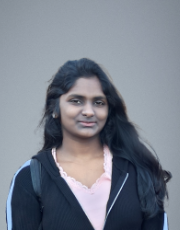
Ravali Maddela
Project Title: "Mapping the Margins: Visualizing Unequal Climate Impacts on Underserved Neighborhoods"
A passion for visualizing data since a young age led me to pursue a career in computer science. Alongside my academic pursuits, I'm actively involved in the Global Grad Scholars Projects. Here, I contribute to enhancing the STL Village website to improve user experience and accessibility for older adults. Additionally, my role as a project management intern at Excelerate HackQuest provided me with valuable skills in coordinating and executing projects efficiently. I also participated in {eHacks}, a 36-hour hackathon at the T-Rex Innovation Center in St. Louis. Our team's project, 'Shooting Star,' won the "Best Use of AI" 2024 award.
After attending the Geo Resolution Conference and CREST workshops on ethical map creation using QGIS, I'm excited to leverage my skills in interactive digital mapping. My goal is to shed light on the disproportionate climate change impacts facing marginalized urban communities due to historical injustices.
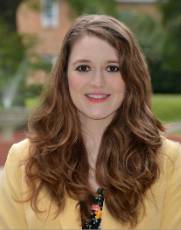
Melissa Ochoa, Ph.D.
Project Title "Assessing Surveillance Labor Using GIS"
Men and women experience different realities. For most women, being hypervigilant in public spaces has become almost instinctual. For years, I have been developing "surveillance labor," which refers to the active hyperawareness of surroundings to assess the potential threat of sexual violence. My interdisciplinary project seeks to examine the following: 1) Who is activating surveillance labor? 2) When are they activating surveillance labor? 3) Where in St. Louis are they activating surveillance labor? 4) What are the health consequences of activating surveillance labor? GIS is an important aspect of this project as it examines the "when" and "where" of my research questions. Using GIS, I would like to investigate the time and place surveillance labor is highly activated. The research can shed light on the experiences and inequality of marginalized populations within the broader St. Louis community helping us expand their 'walkability' to create equitable, structural solutions.
Melissa Ochoa is an assistant professor in the Department of Women's and Gender Studies at Saint Louis University. She received two bachelor's degrees from Purdue University in psychology and public relations and rhetorical advocacy, and a Ph.D. in sociology from Texas A&M University with a Women's and Gender Studies certificate. Her current research examines everyday forms of sexism as part of a continuum of sexual violence and plans on incorporating GIS, biometrics, and other interdisciplinary measures in future research.
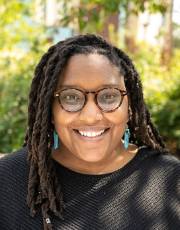
Charnell Peters, Ph.D.
Project Title "Mapping the Map Makers; Demystifying Place and Identity in the Genetic Ancestry Testing Industry"
The multimillion-dollar genetic ancestry testing (GAT) industry continues to grow in reach, and over 30 million people have taken DNA tests to determine "who they are." Recent research has called for increased transparency from GAT companies and genomic literacy from the public. In response, this research interrogates how GAT companies construct people and places using proprietary data sampling, storage, and analysis. GAT companies continue evolving in their genomic mappings of the world and its people, with many sociopolitical consequences (e.g., claims to citizenship, Indigeneity, ethnicity). The current project also provides a public-facing digital interface that allows viewers to compare the geospatial logics of each company. By mapping the map makers, it empowers the public and stakeholders to make more informed decisions about commercialized genomics.
Charnell Peters is an assistant professor of race and communication at Saint Louis University. Her research has been published in journals such as New Media and Society, Journal of Family Communication, and Text and Performance Quarterly.
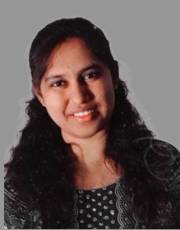
Manasa Tallapaka
Project Title "Enhancing Sustainability in Urban Planning Without Destroying Fertile Agricultural Lands"
In 1954, the Pruitt-Igoe housing project near the National Geospatial-Intelligence Agency (NGA) in St. Louis was completed and initially celebrated as a modernist architectural achievement. However, it soon became a symbol of urban planning failures due to poor living conditions and high crime rates, leading to its eventual demolition. Inspired by the lessons from Pruitt-Igoe, this project focuses on addressing the challenge of sustainable urban development without encroaching on fertile agricultural lands using cutting-edge technologies.
This AI/ML-integrated urban planning initiative aims to leverage advanced technology to create sustainable development for future generations. By integrating AI/ML models and geospatial technologies, this project seeks to avoid past mistakes and develop a model for urban planning that is both sustainable and respectful of existing agricultural lands, ensuring a balanced approach to urban development.
Manasa is a master's student at Saint Louis University with a lifelong passion for technology, geographical science and space. This passion led her to complete courses from the ISRO IIRS E-learning Portal, attend Geo-Resolution conferences, participate in the GEOAI working groups, and attend CREST workshops on creating maps using QGIS.
As a global grad scholar, Manasa contributed to the SLU Department of Public Safety project, enhancing campus security. Her innovative approach earned her the Best Use of AI Award at the E-hack 36-hour weekend hackathon conducted by Southern Illinois University Edwardsville at the T-REX center.
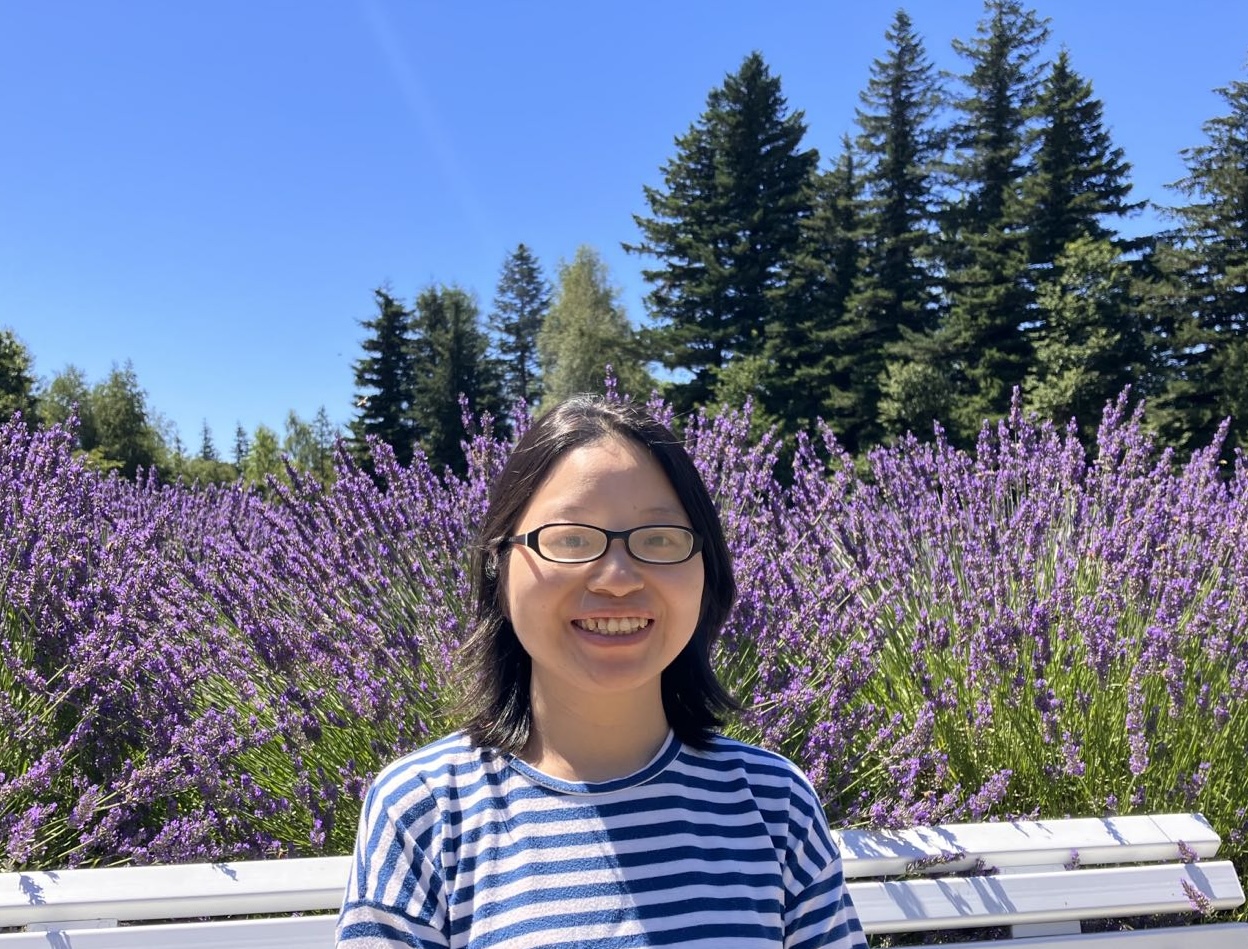
Qianlu Sun
Project Title: "Whether Longevity is a Form of Punishment: Investigating Causes of Dementia and Promoting Healthy Aging through the Lens of Social and Environmental Inequality"
This research project focuses on the advanced-age elderly population, examining the current trends in healthy aging to investigate the impact of social and environmental inequality on the core variable — health status. The goal is to assess whether longevity becomes a burden or punishment for specific demographics because of the social and environmental disparity. Grounded in grounded theory, the research forms its questions and constructs a theoretical framework using the bioethics discipline. Leveraging publicly available social survey data, the study analyses social and environmental factors adversely affecting the health of long-lived individuals. Spatial analysis, such as spatial regression and GIS technology, will be employed to reveal the spatial patterns of aging and assess regional disparities. Case studies will also be used to show the excellent promotive application, which will be set at pilot work. Ultimately, the research findings aim to optimize policies addressing the challenges of an aging population while promoting inclusivity and health well-being.
Qianlu is a doctoral student in the public and social policy program of the College of Arts and Sciences at Saint Louis University, focusing on health policy for aging populations. In her spare time, she likes watching movies and hiking.